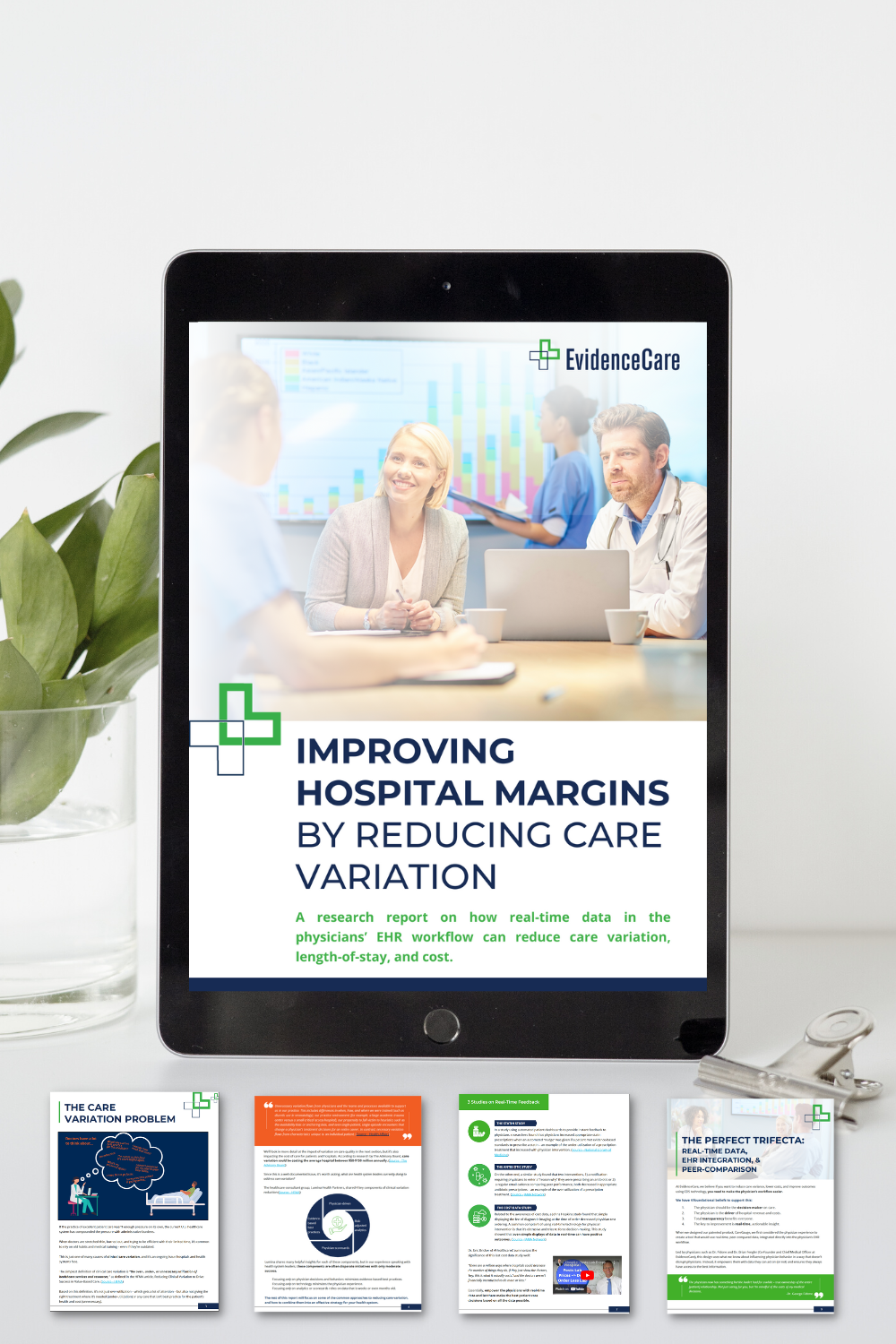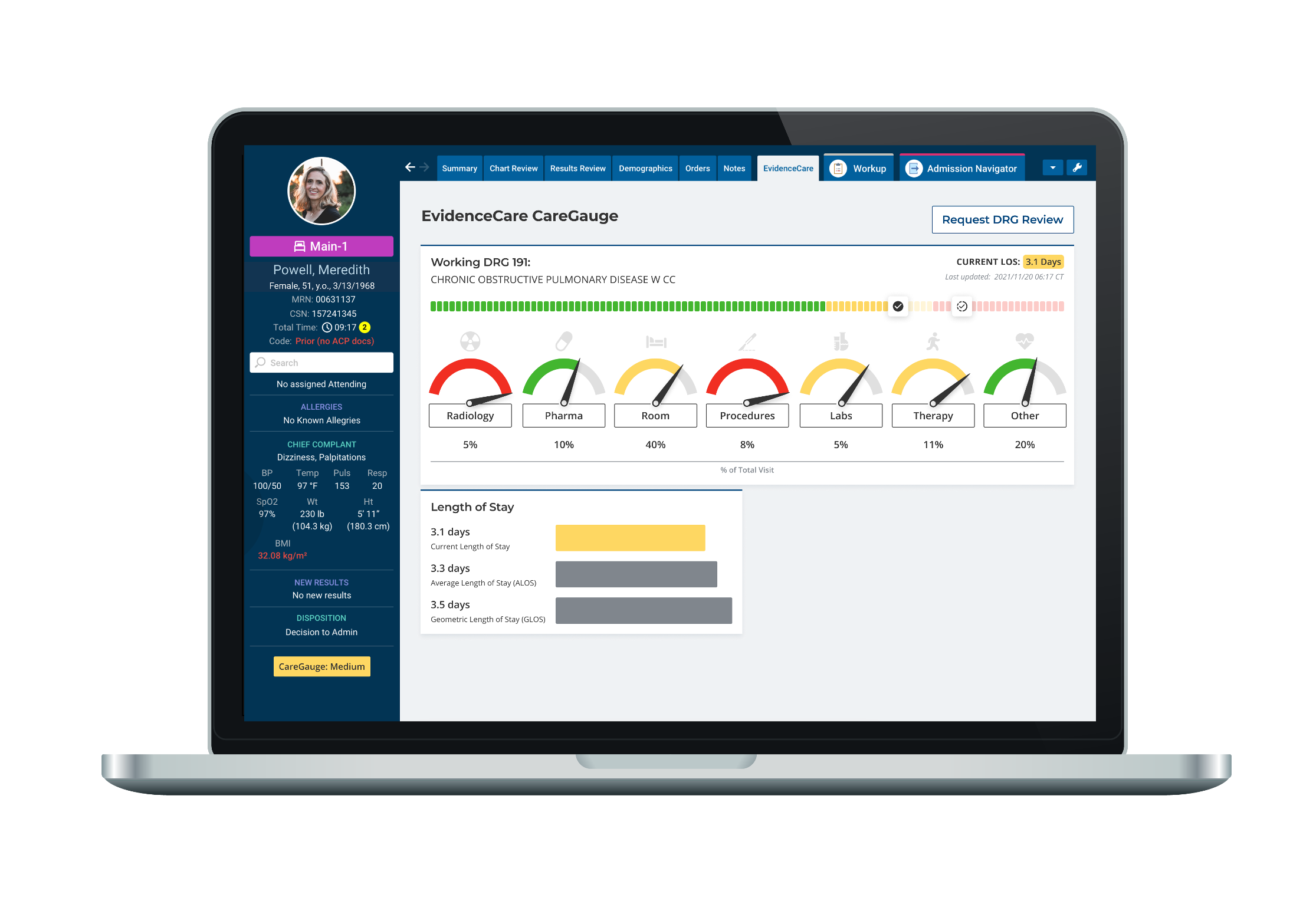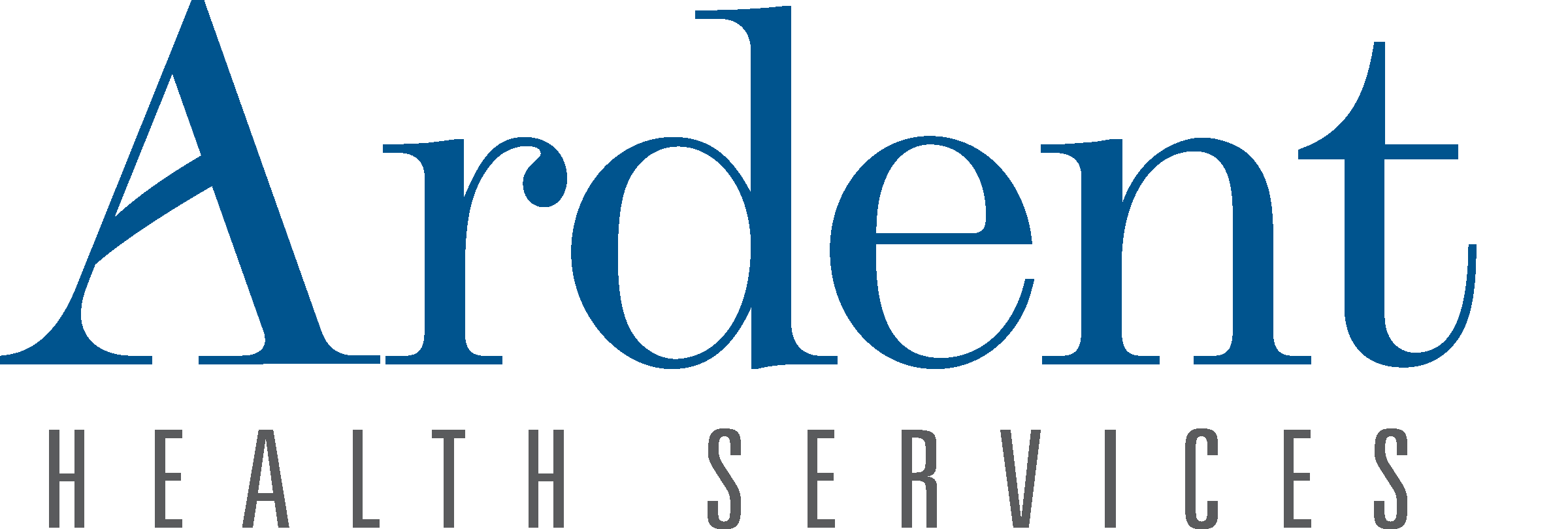Reducing GMLOS: A Detailed Guide for Hospital Administrators
Reducing GMLOS is no longer optional; it’s essential for hospital administrators eyeing sustainable cost-effectiveness and improved patient outcomes.
This detailed guide is all about helping you understand, strategize, and effectively reduce GMLOS.
You’ll uncover workable strategies that encourage efficiency and prioritize patient well-being. Your journey toward less spending and more saving begins right here. Say goodbye to excess costs, hello to sustainable health care.
Understanding the Importance of Reducing GMLOS
-
- Learn about the pivotal role of GMLOS in healthcare management
- Discover how extended GMLOS can impede hospital operations and patient care
- Unravel the financial repercussions of GMLOS on hospital reimbursements
What is GMLOS and its Significance in Healthcare Management?
Geometric Mean Length of Stay (GMLOS) is a metric for measuring the duration patients spend in the hospital, and as compared to Average Length of Stay (ALOS), it is adjusted for specific variables like comorbidities, complications, or severity of the illness.
To calculate GMLOS, the lengths of stay for all patients within a given DRG are multiplied together. Then, the geometric mean is determined by taking the nth root of this product, where n represents the count of patients within that group.
Developing targeted strategies to pare down GMLOS help hospital administrators harness their ability to streamline patient care while ramping up the financial performance of hospitals.
The Impact of High GMLOS on Hospital Operations and Patient Care
If GMLOS gets too high, it can trigger chronic consequences for both hospital operations and patient care. It contributes to bed availability and capacity management which can and delay the provision of care to new patients.
Reducing prolonged GMLOS requires collaboration across care teams, physicians, and administrators to identify the reasons behind extended stays and develop solutions. Analyzing avoidable days helps pinpoint areas for improvement in discharge planning, such as additional case management or support.
Additionally, implementing initiatives like hospital at home, discharge lounges, and focusing on improving weekend discharges can streamline the discharge process and reduce congestion.
From a patient care perspective, increased stay can exacerbate the risks of hospital-acquired infections (HAIs), clasp a strain on hospital resources, and mire patient satisfaction.
From research collected by GE Healthcare:
“HAIs increase the risk of complications including increasing the odds of death in hospitalized patients. One out of every 10 patients who have at least one HAI will die.
They also increase the development of multi-drug resistant organisms which are more difficult to treat and can lead to serious illness.
Not only do HAIs increase patient deaths and deadly organism development, but they also increase costs to both hospital systems and the community. In the U.S. alone it is estimated HAIs have direct medical costs of over $28 billion every year. Indirect costs related to early death and lost productivity is estimated at $12.4 billion.
Many of the additional costs are due to the increased length of stay caused by HAIs. One study reports the length of stay doubles when a patient has an HAI. If a patient had a multi-drug resistant infection the average additional time spent in the hospital was 14 days.”
The Financial Implications of GMLOS on Hospital Reimbursements
Extended GMLOS typically ends up eroding hospital revenue streams in a critical combo of spiraling costs and reduced reimbursements. The financial realities posed with managing higher GMLOS are steep and often unforgiving.
Exceeding the GMLOS target can sink hospital revenues as pay-for-performance elements increasingly tied to GMLOS come into play. Hospitals who focus on reduced length of stay for both planned and emergency admissions have seen more financial incentives from the DRG system. Hospitals can become more efficient at discharging patients without compromising care quality, but it takes time to adjust practices.
The understanding and management of GMLOS is fundamental to ensure the superior health of both patients and hospitals. If well managed, the lowering of GMLOS can uncork higher efficiencies and better patient experiences, setting the stage for a healthier financial vista for hospitals.
Proven Strategies for Reducing GMLOS
-
- Implement more effective care management systems
- Improve communication between healthcare teams
- Utilize data analytics for informed decision-making
- Emphasize patient-centric care and early discharge planning
Implementing Efficient Care Management Systems
A bustling hospital often faces the issue of poorly coordinated care. This leads to extended GMLOS (Geometric Mean Length of Stay) – adversely affecting the efficiency of the hospital and patient satisfaction. So, how can you tackle this issue? The answer lies in the implementation of efficient care management systems.
These systems streamline the care continuum, enhancing the smooth transition of patients between different care settings. They also prevent avoidable readmissions, reducing GMLOS, and subsequently, healthcare costs.
Better management of high-risk patients, reduction in unnecessary visits, and improved patient outcomes are only a few benefits that efficient care management systems bring to the table. Meaningful collaborations and timely interventions can also be achieved, indirectly leading to cost savings and better use of hospital resources.
Enhancing Communication and Coordination Among Healthcare Teams
Hospital administrators are responsible for ensuring seamless communication among healthcare teams. Without appropriate communication and coordination, patient care can become disjointed and inefficient, leading to a longer stay in the hospital.
Through improved communication, all stakeholders are kept in the loop of patient progress, thereby promoting effective decision-making and shorter GMLOS. Additionally, this aids in resolving conflicts or misunderstandings promptly, preserving a conducive work environment and maximizing team effectiveness.
Leveraging Data Analytics for Informed Decision-Making
Data analytics is a powerful tool for hospital administrators. By analyzing data, administrators can uncover hidden trends, patterns, and insights to make informed decisions in reducing GMLOS. With relevant data, better strategies can be developed to optimize the patient flow process, manage resources, and improve patient outcomes.
With the help of data analytics, administrators can predict peak admission times, manage staff scheduling effectively, and plan better patient discharge, all contributing to a reduction in GMLOS. They can also identify inefficiencies in workflows for improvement.
Prioritizing Patient-Centric Care and Early Discharge Planning
Patient-centric care and early discharge planning play crucial roles in reducing GMLOS. Prioritizing patient needs, ensuring their comfort, and involving them in the decision-making process can increase patient satisfaction, reduce complications, and shorten the length of stay.
These strategies not only contribute to a decrease in GMLOS but also empower patients and improve the overall quality of care. Early discharge planning helps predict possible discharge dates, plan patient needs post-discharge, and streamline communication across care teams – all critical in reducing GMLOS.
The Role of Hospital Administrators in Reducing GMLOS
-
- Hospital administrators spearhead GMLOS reduction strategies.
- Best practices and standards adherence is their responsibility.
- Cultivating an environment of continuous improvement and learning is key.
Leading the Implementation of GMLOS Reduction Strategies
Hospital administrators play a crucial role in reducing the Geometric Mean Length of Stay (GMLOS) in their healthcare facilities. Their significant role starts with leading and executing strategic approaches aimed at minimizing GMLOS. Their responsibilities involve designing and implementing effective hospital protocols, leveraging new methodologies for patient care, and improving patient flow.
These leaders coordinate with various hospital functions and teams to implement changes, manage resources efficiently, and standardize care plans. These actions, although subtle, play an accumulating role in cutting down unnecessary delays and directly influencing GMLOS reduction.
Ensuring Adherence to Best Practices and Standards
Enforcing compliance with medical practices and industry standards is another task resting on hospital administrators’ shoulders. Their duty includes re-engineering existing workflows and models in line with evidence-based practices and guidelines. By doing so, they enhance patient outcomes, maximize efficiency, and effectively cut down GMLOS.
With changing healthcare landscapes and regular updates of healthcare standards, hospital administrators need to ensure their facilities operate in line with these changes. Therefore, regular auditing and checks become essential, ensuring all practices are compliant while adapting to new norms and standards.
Fostering a Culture of Continuous Improvement and Learning
Lastly, promoting a culture of continuous improvement and learning is a top priority for administrators. Through ongoing education, mentorship, and learning initiatives, hospital administrators can promote staff skill enhancement and expertise, which translates to improved patient care and expedited recovery times.
Hospital administrators can incentivize learning through initiatives like providing training programs, promoting skills training, or adopting new technological solutions. By fostering an environment of constant learning and improvement, they drive staff to consistently improve their knowledge, skills, and standard of care provided. In turn, this leads to a decrease in GMLOS.
The commitment of these administrators to leading strategies, ensuring adherence to practices, and fostering a culture of learning is vital to reducing GMLOS. By doing so, they make a significant impact on hospital function and patient care quality.
Case Studies on Successful GMLOS Reduction
-
- Real-world strategies from three different hospitals showing successful reduction in GMLOS
- Tangible results and beneficial outcomes of GMLOS reduction initiatives
- Learnings and key takeaways from each case study for you to consider in your own context
Case Study 1: Hospital A’s approach to GMLOS reduction and its results
Hospital A took a data-driven approach to reduce its Geometric Mean Length of Stay (GMLOS), resulting in significant performance improvement. via a multi-tiered strategy, they focused on identifying inefficiencies and proving quality of care.
Data Analysis and Predictive Modelling
They recognized the need to leverage their available data in making informed decisions. Using predictive analytics, the hospital could identify probable long-stay patients early in their stay. This enabled the healthcare team to proactively create a personalized plan of care aimed at reducing their length of stay.
Multidisciplinary Approach and Enhanced Communication
Hospital A also implemented a multidisciplinary team approach, which improved internal communication tremendously. The collaboration between doctors, nurses, and support staff lead to expedited treatment plans and discharges.
Case Study 2: How Hospital B achieved significant GMLOS reduction
Faced with a rising GMLOS, Hospital B focused on the benefits of patient engagement and streamlined care processes to achieve their goals. They kept their patient at the center of their decisions to minimize unnecessary delays.
Patient Engagement and Education
By educating the patients about their treatment plan and expected recovery timeline, Hospital B effectively engaged the patients in their own care. Patients felt more informed and were able to prepare better for discharge, effectively shortening their hospital stay.
Streamlined Care Processes
Hospital B also worked on streamlining its care processes. By identifying and eliminating inefficiencies in their workflows, they could more effectively manage patient discharges, reducing any potential backlog.
Case Study 3: Lessons from Hospital C’s GMLOS reduction journey
Hospital C took a comprehensive, ‘no one size fits all’ approach towards GMLOS reduction. Their journey teaches us the importance of personalization in healthcare for effective results.
Stratified Care Plans
They stratified their patient population, creating individualized care plans based on patients’ health conditions and needs. This personalized care led to a more effective treatment, reducing the total length of stay.
Quality over Quantity
Instead of getting patients discharged quickly, Hospital C focused on the comprehensive care to prevent readmission. This led to an overall reduction in GMLOS as patients had lesser complications post-discharge and did not require readmission.
Bolstering Hospital Efficiency with GMLOS
Revamping strategies, harnessing data, and fostering interdisciplinary collaboration are paramount for reducing GMLOS. Success lies in adopting these innovative approaches.
As hospital administrators, what you’ve learned can be instrumental in elevating your healthcare system’s efficiency, minimizing patient disturbances, and boosting medical outcomes. You possess the prowess to revolutionize hospital administration.
Your homework? Roll up your sleeves. Begin the journey by evaluating your current GMLOS; pinpoint the challenges. Armed with these insights, tailor-fit the strategies discussed to your unique needs.
What specific hurdles do you anticipate when implementing these strategies in your healthcare system? Your unique insights could be a helpful to others in the community.
Remember, improving GMLOS isn’t just about numbers. It’s about touching lives, one efficient hospital stay at a time.
If you’d like to learn more about how EvidenceCare’s award-winning length of stay software, CareGauge, helps reduce GMLOS for health systems, schedule a demo today!










